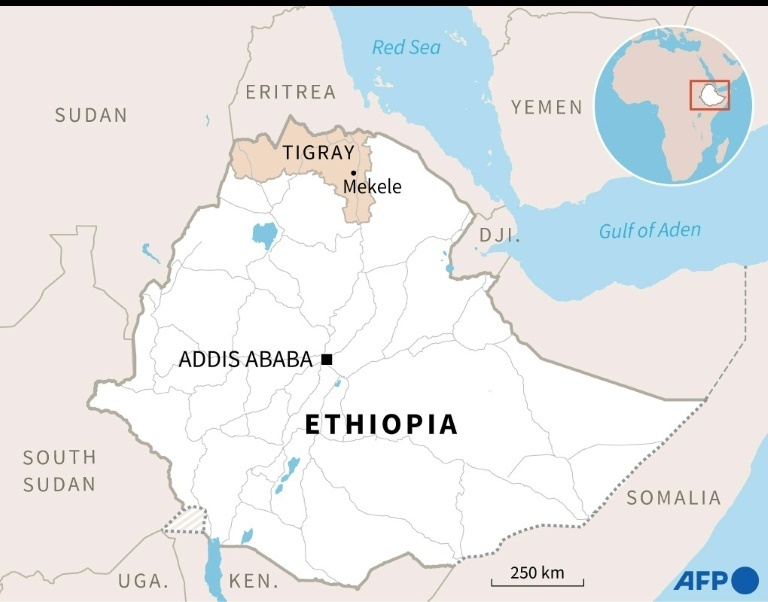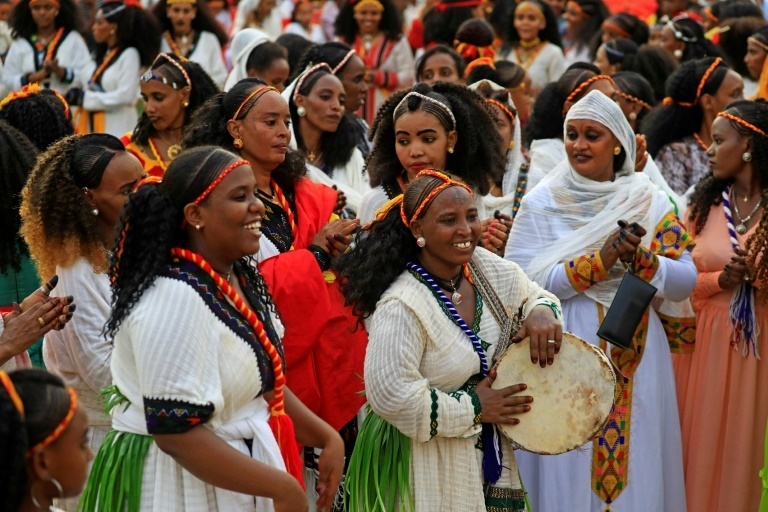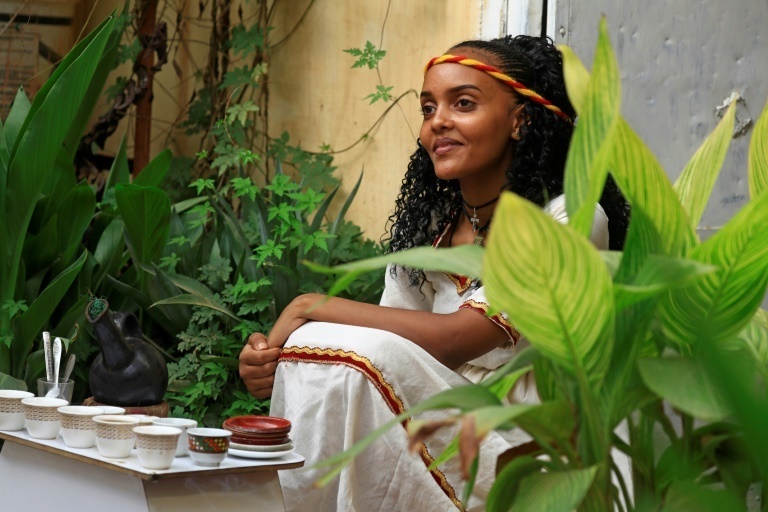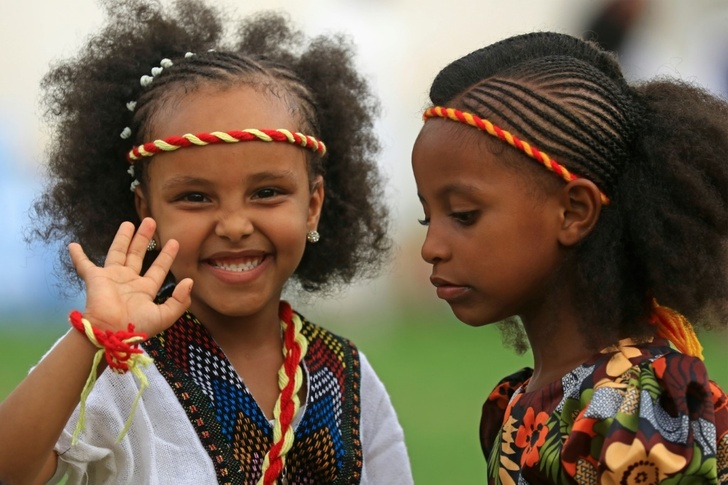Donning a festive white dress, with her hair intricately braided and her eyes lined with the traditional kohl paint, Ethiopian Yudita Ihab prepared for the annual Ashenda celebration.
But for Yudita and the thousands of other women who gathered in Sudan's capital Khartoum late last month, the normally joyful week-long Ethiopian holiday was overshadowed by the ongoing war that has ravaged the northern Ethiopian region of Tigray they hail from.
"It's our identity and we want to express it despite the difficulties we are going through," Naabali Kahtay told AFP.

For Tigrayans in Sudan, the conflict has transformed their view of Ashenda, typically marking the end of a 15-day fast known as Filseta, which is observed by the Ethiopian Orthodox Tewahedo Church.

"I don't know if they are alive or dead."
In November 2020 Ethiopian Prime Minister Abiy Ahmed sent troops into Tigray to topple the TPLF, Tigray's ruling party, saying the move came in response to TPLF attacks on army camps.
"The celebrations are beautiful, but we cannot be fully happy," 21-year-old Aziza Moustafa told AFP.
"Celebrating the Ashenda means a lot to me," said Ihab, 18, noting the significance of this tradition, passed down through generations of women.
In the Tigrinya language, Ashenda is a type of tall green grass found on river banks in the region. As part of the festivities, women wear skirts made of the weaved Ashenda grass over white cotton dresses with colourful embroidery.

In Khartoum, the women were playing drums to traditional music, with many wearing headbands of red and yellow, the colours of the Tigrayan flag. Traditional chicken stew and flatbread was also served to the crowd.
The Tigray conflict has displaced around two million people but the death toll remains unknown as the region reels from a near-complete blockade and a communications blackout.
But many still hold on to hopes that the war will end.
"Hopefully, we can celebrate it next year in Tigray," said Naabali of the holiday.
ab-vid/mz/ami/dwo
© Agence France-Presse
Your content is great. However, if any of the content contained herein violates any rights of yours, including those of copyright, please contact us immediately by e-mail at media[@]kissrpr.com.
Source: Story.KISSPR.com

